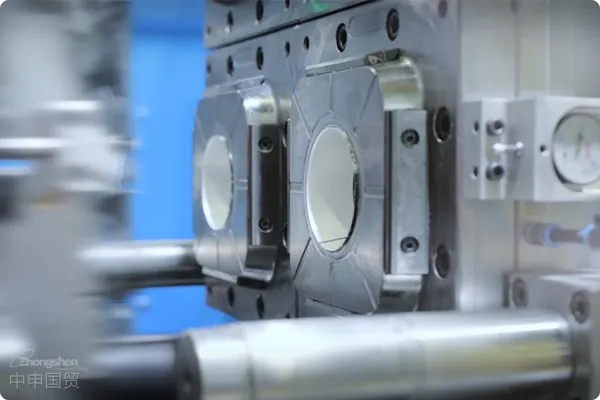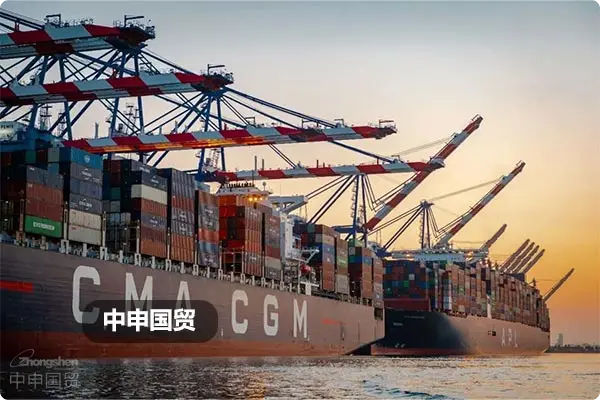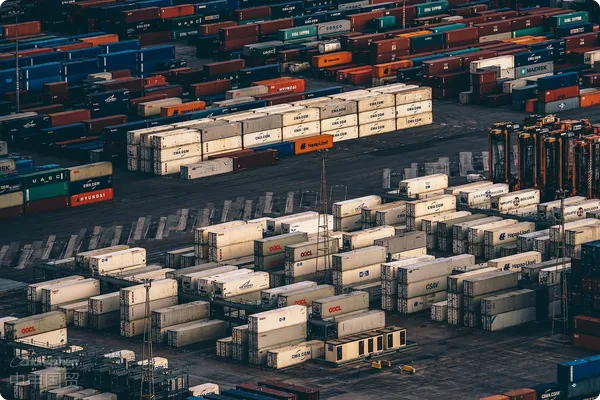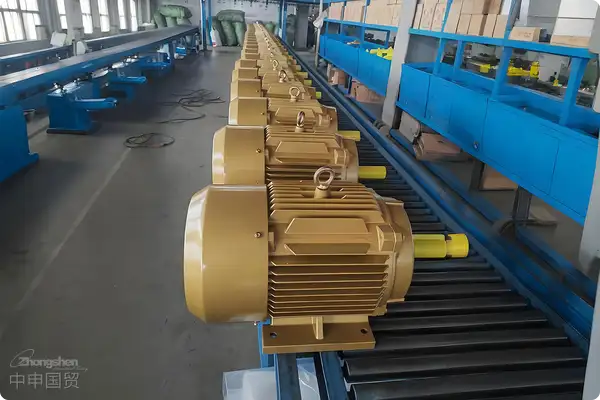- Shanghai Zhongshen International Trade Co., Ltd. - Two decades of trade agency expertise.
- Service Hotline: 139 1787 2118
Importing molds not only involves cumbersome customs clearance procedures but also requires strict compliance with various laws and regulations. This article will introduce in detail the whole process and precautions of mold import at Shanghai PortImport Representationto provide comprehensive guidance for relevant enterprises.

I. Information required for import
To successfully complete the import of molds, the following information needs to be prepared:
Contract agreement, invoice, packing list:Record the transaction details in detail.
Bill of lading/waybill:Prove the ownership of the goods and transportation information.
Other relevant documents:Such as certificate of origin, technical specification, quality inspection report, etc.
II. Import tariffs
The calculation of import tariffs and taxes for molds needs to be queried according to the specific HS code. Due to the wide variety of molds, the tax rate corresponding to each HS code is also different. Before import, the commodity code classification should be carried out first to determine the accurate tax rate.
III. Detailed import process
(I) Preparation before shipment
Check the documents required for the goods:Ensure that all documents are complete and accurate.
Check the document information of the product:Ensure that the document information is consistent with the actual goods.
Organize declaration element information:Prepare all the information required for customs declaration.
(II) Sign an import contract
After the preparation work is completed, the enterprise needs to sign a formal mold import contract with the supplier. The contract should specify the following details:
Product description:Include a detailed product description to ensure that the molds provided by the supplier meet the enterprises requirements.
Price terms:Clarify the mold price, payment method and term to avoid unnecessary economic disputes.
Delivery terms:Delivery place, delivery time, transportation method and other terms need to be clearly agreed upon in the contract. It is recommended to use international common trade terms such as FCA (Free Carrier) or FOB (Free on Board).
Dispute handling:Clarify the method of resolving disputes, and contract disputes can be resolved through arbitration or legal means.
(III) Mold import declaration
Before the molds arrive at the port, the enterprise needs to complete a series of declaration procedures to ensure the smooth customs clearance of the goods.
Prepare relevant documents:Declaration documents include: import contract, invoice, packing list, bill of lading (Bill of Lading), certificate of origin (Certificate of Origin), import license, etc.
Obtain an import license:According to relevant Chinese laws and regulations, some molds need to obtain an import license. The enterprise needs to apply in advance on the China International Trade Single Window platform to ensure that the import license takes effect before the goods arrive at the port.
Customs declaration and inspection:After the documents are prepared, the enterprise needs to declare to the customs and cooperate with the customs to complete the inspection and quarantine work. If the molds involve issues such as animal and plant quarantine and food safety, corresponding quarantine license certificates also need to be provided.
IV. Mold customs clearance and tax handling
The customs clearance and tax handling of mold imports are important links, and enterprises need to strictly abide by relevant regulations.
Customs inspection:The customs will inspect the molds according to the declaration documents. The enterprise needs to ensure that the molds meet the declared specifications. If there are any discrepancies, it will face the risk of fines or goods seizure.
Tax payment:According to Chinese tax laws, tariffs and value - added tax need to be paid for the import of molds. Enterprises should understand the relevant tax rates in advance and fill in the declarations truthfully. If they enjoy tax preferential policies, such as for high - tech enterprises or for scientific research purposes, they can apply for tax reduction or exemption.
Commodity Inspection:Some molds need to go through entry - exit inspection and quarantine. Enterprises should prepare samples and cooperate with the commodity inspection department to complete the relevant inspection work. After passing, the inspection department will issue the Inspection and Quarantine Certificate, and then the goods can be released.
After the goods are cleared through customs, the agency company will transport the molds to the address designated by the enterprise. The enterprise needs to conduct acceptance inspection and keep them properly.
V. Precautions
Complete Documentation:Ensure that all documents are accurate and complete to avoid problems during customs clearance.
Accurate Product Information:Guarantee that the declared product information is consistent with the actual goods to avoid delays or fines caused by discrepancies during customs inspection.
Prepare Licenses in Advance:For molds that require import licenses, it is necessary to prepare in advance to ensure that the procedures are completed before the goods arrive at the port.
Pay Attention to Tax Rate Changes:Keep informed of the latest tariff and value - added tax rates in a timely manner and make preparations for tax payments.
Cooperate with Commodity Inspection Work:If commodity inspection is required, prepare samples in advance and cooperate with the inspection work of the commodity inspection department.
The import of high - precision molds requires close cooperation between enterprises and agency companies to ensure the smooth progress of each link. Through the detailed introduction in this article, it is believed that you have an understanding of the process and precautions for mold import agency. If you have related products such as equipment and instruments that need to be imported through an agency, you are welcome to consult the online customer service. We will serve you wholeheartedly.ZhongShen International TradeImport Guide for Intelligent Robots: A Comprehensive Analysis of Classification and Declaration Requirements
Related Recommendations
Category case
Contact Us
Email: service@sh-zhongshen.com
Related Recommendations
Contact via WeChat

? 2025. All Rights Reserved. Shanghai ICP No. 2023007705-2  PSB Record: Shanghai No.31011502009912
PSB Record: Shanghai No.31011502009912








